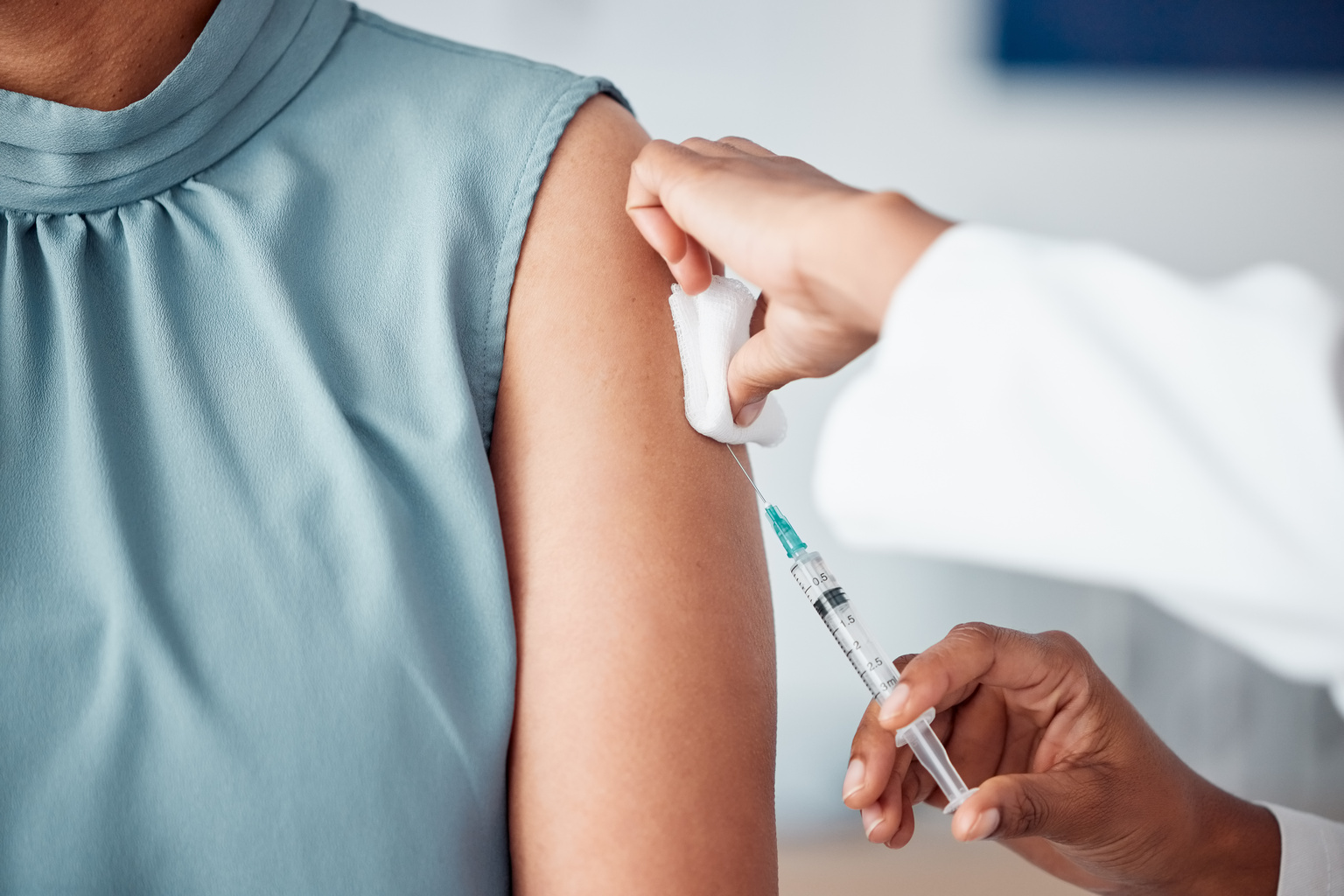One Health students learn to think broadly, outside of a single discipline and to seek expertise from numerous disciplines to identify and solve One Health problems. Students work with interdisciplinary faculty (such as faculty from animal science, biology, business, chemistry, sociology, communication and environmental science) to identify real-world issues related to human, animal and environmental health while One Health issues and develops potential solutions.
Schools such as Berry College in Rome, GA offer One Health Studies at the undergraduate level. I have been involved with the One Health program for the last few years. I enjoy the opportunity to interact with students outside of the nursing major. First, I describe the chain of infection and then address common healthcare associated infections (HAIs). The learning becomes more interactive and translational as we demonstrate the basic infection prevention measures of hand and respiratory hygiene and avoidance of T-Zone touching. This includes fluorescent markers (powder and lotion) to demonstrate the potential of bacterial transfer and proper hand hygiene.
We identify common causes of HAIs and examine measures to prevent HAIs for each link in the chain of infection. We identify who is at risk and what is at stake (susceptible hosts). We explain the role of vaccination in providing immunity and thus eliminating the link of susceptible host in the chain of infection. We compare pharmacological guidelines for antimicrobial stewardship and implications of poor antimicrobial stewardship (multi-drug resistant organisms; MDROs). We describe evidence-based care bundles to prevent surgical site infections (SSI), catheter-associated urinary tract infections (CAUTI), ventilator -associated pneumonia (VAP), or central line-associated blood stream infections (CLABSI). We discuss the personal and financial implications of Never Events.
We examine environmental science issues such as surface cleaning using chemical or ultraviolet disinfection. We discuss the effect of heavy metals such as copper surfaces or silver impregnated devices or clothing. We identify the role of high-efficiency particulate air (HEPA) filters or dilute peroxide gas on air purity. We describe the role of ozonated water on water purity. We explore architectural measures such as paint shields or furniture selection.
At Berry College students may also have clinical application experience as a lab or research assistant for faculty who are engaged in collaborative projects with partners such as the CDC, the Center for Tropical and Emerging Global Diseases, or the Global Health program at Duke University.
For more information see https://www.cdc.gov/onehealth/basics/index.html




